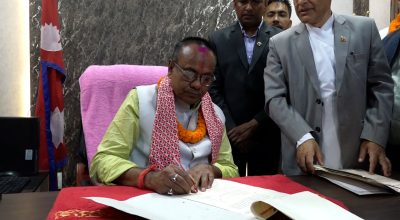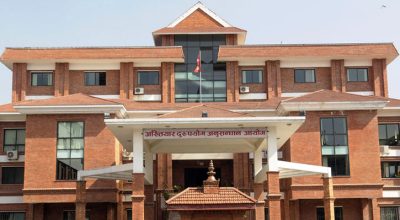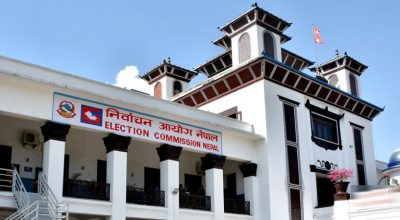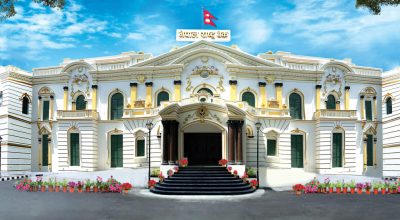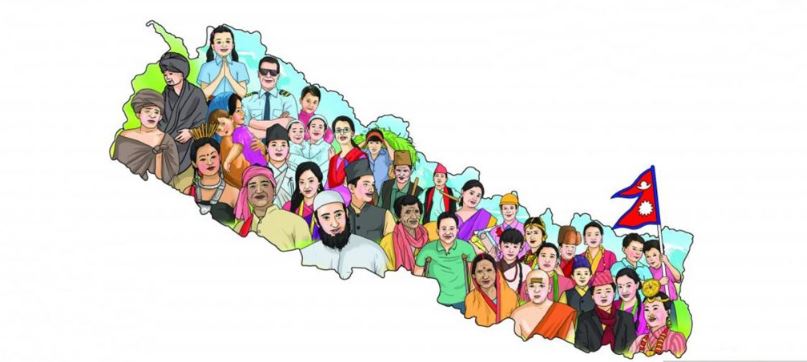
Kathmandu, March 24: After the constitution of Nepal empowered women, it has been found that their ownership of property is gradually increasing.
According to the National Census 2078 BS, a total of 23.8 percent of the families have real estate in the name of women which is 1.1% higher than 10 years back on 2068 BS.
A total of 66,66,937 household families in the country. There are a total of 66,60,841 residential houses. Among them, there has been an increase in the participation of women in the ownership of houses and residential units. A total of 31.55% of the families have female heads. It is 5.82 percent more than 2068 BS.
Out of the total population of 29,164,578, there are 14,911,027 women and 14,253,551 men. Looking at the gender ratio, the number of men in 100 women is 95.59. In the year 2068 BS, the total population was 26,494,504 and the gender ratio was 94.16.
Mountains and hills emptying
According to the details of the census, it has been found that the population density is gradually decreasing in the Himalayan and hilly areas. In Terai, the population density per square kilometer is 460, while in the Himalayan region, there are 34 people per square kilometer. Manang has a population density of only three people per square kilometer. Kathmandu Valley has a population density of 5,169 per square kilometer.
The highest population was in Kathmandu district. This district has a total population of 2,041,587. A total of 5,658 people live in Manang. Morang, Rupandehi, Jhapa and Sunsari districts have the highest population pressure.
Similarly, the population is less in Mustang, Dolpa, Rasuwa, Humla districts. Terai has the 53.61 percent of the total population. That means there are 15,634,006 people living in the Terai region alone. Likewise, 40.31 percent i.e. 11,757,624 people live in the hills. Similarly, 6.08 percent i.e. 1,772,948 people live in the Himalayan region.
Ten years ago, 50.27 percent of the population lived in the Terai, 43.01 percent in the hills and 6.73 percent in the Himalayan region. A total of 9,341,408 people migrated from their places.
The main reasons for migrating from the previous place of residence are work, business, study, training, dependents, natural disasters, agriculture, etc.
Full Text (in Nepali language)
Jangarana-1_11zon





